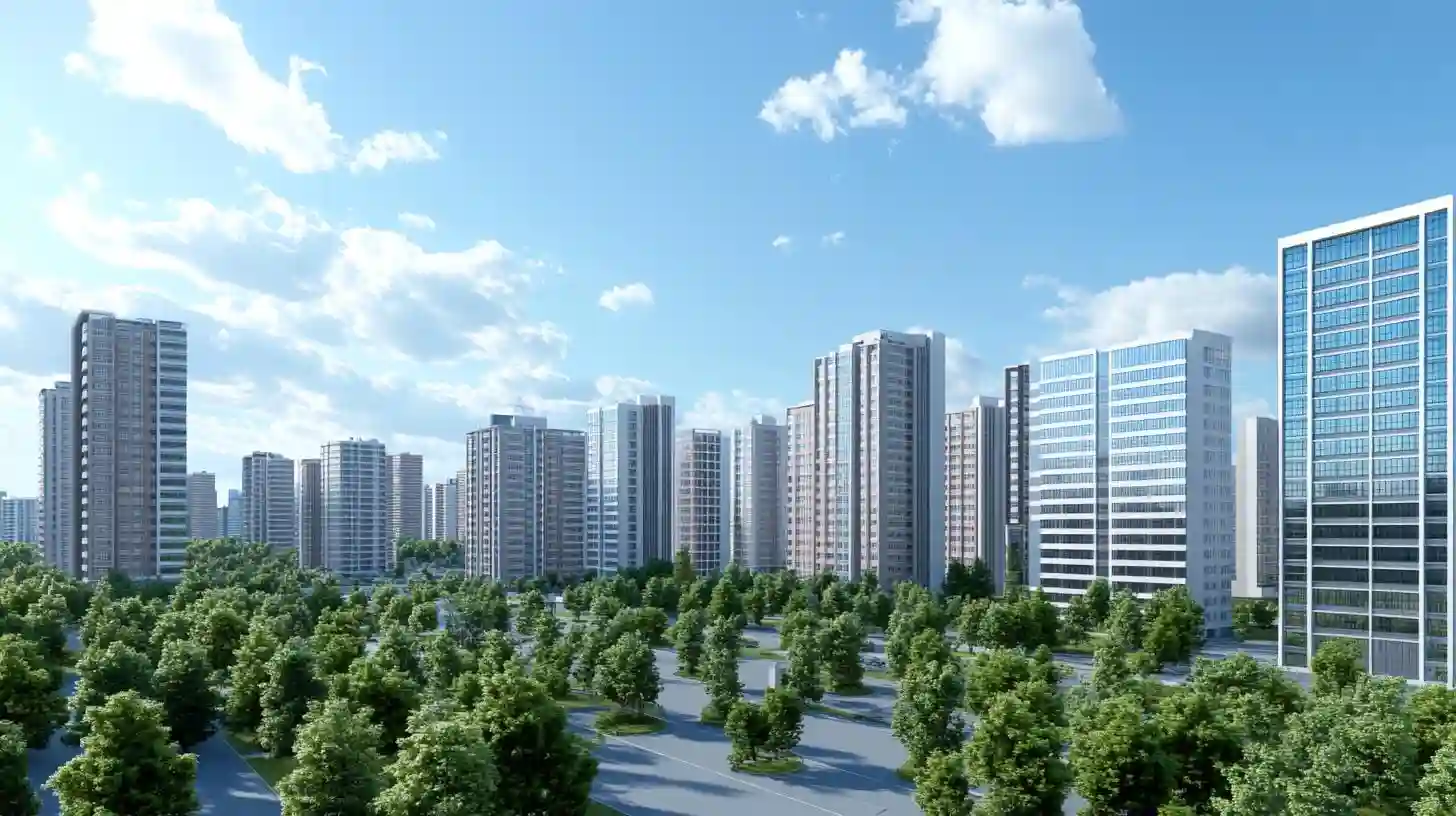
In recent years, urban development has witnessed a transformation, as cities around the world seek to redefine their identities, enhance livability, and promote sustainability. A modern metropolis is emerging, characterized by a thoughtful blend of innovative architecture, efficient transportation systems, and green spaces, all of which contribute to a harmonious urban experience. This shift is not merely a trend; it reflects a deep understanding of the needs of contemporary urban populations and the challenges posed by rapid urbanization.
Cities are beginning to prioritize mixed-use developments that bring together residential, commercial, and recreational spaces within close proximity. This integration allows for vibrant neighborhoods where people can live, work, and play without being dependent on long commutes. In such environments, the concept of the fifteen-minute city is gaining traction, where essential services are accessible within a short walk or bike ride. This approach not only reduces traffic congestion but also fosters a sense of community as residents engage with their neighborhoods.
Alongside mixed-use developments, modern metropolises are emphasizing public transportation systems that are reliable, efficient, and environmentally friendly. Investment in extensive metro networks, light rail, and bus rapid transit options is becoming more prevalent. These systems are designed to eliminate reliance on private vehicles, which not only lessens carbon emissions but also enhances the overall quality of urban living. Additionally, the integration of smart technology into these transportation systems is making commuting more convenient, with real-time updates and easy payment options transforming the daily travel experience.
A crucial element of urban development is the incorporation of green spaces. Parks, community gardens, and green rooftops are not just aesthetic enhancements; they play a vital role in creating a healthier urban environment. Access to green space has been linked to improved mental well-being, and cities are recognizing the importance of nature in the fabric of urban life. Many modern metropolises are designing these spaces to be multifunctional, accommodating recreational activities while also serving as biodiversity havens. These initiatives contribute to improved air quality, biodiversity, and overall public health.
Sustainable architecture is another hallmark of contemporary urban development. Buildings are increasingly being designed with energy efficiency in mind, utilizing renewable energy sources such as solar panels and wind turbines. Innovative materials that reduce energy consumption and enhance insulation are becoming standard features in new constructions. Furthermore, many developers are prioritizing adaptive reuse projects, transforming historic buildings into modern spaces rather than resorting to new constructions that consume additional resources and space.
In addressing societal challenges, there is a strong emphasis on inclusivity within urban planning. Communities are taking strides to ensure that all members, regardless of socioeconomic status, have access to affordable housing, quality education, and ample job opportunities. Initiatives aimed at reducing inequalities help create a diverse urban demographic, enriching the cultural landscape of the city. Engaging local populations in the planning process allows for tailored solutions that resonate with community needs and aspirations.
The significance of technology in modern urban development cannot be overstated. Smart cities are leveraging data and connectivity to enhance urban living. From intelligent traffic management systems that reduce congestion to mobile applications that provide residents with up-to-date information about city services and events, technology is fostering a more connected urban experience. The integration of the Internet of Things is enabling buildings to be more responsive to the needs of their occupants, ultimately promoting energy efficiency and comfort.
Innovation in urban development extends beyond buildings and transportation. Cities are increasingly investing in infrastructure that supports a circular economy. Waste management systems designed to minimize landfill impact and initiatives that encourage recycling and upcycling are becoming standard practices. Furthermore, urban design is beginning to incorporate water management strategies that mitigate flooding and create resilient cities in the face of climate change.
With these advancements, modern metropolises are evolving into spaces that prioritize health, sustainability, and inclusivity. Each urban development project carries the potential to set new standards for the future, inspiring cities worldwide to rethink their approaches and systems. The drive toward smarter, more liveable environments reflects a collective ambition to create cities that are not only functional but also enhance the quality of life for all their inhabitants. As cities embrace these principles, they pave the way for a new era of urban living that champions the needs of the present while respecting the resources of the future.